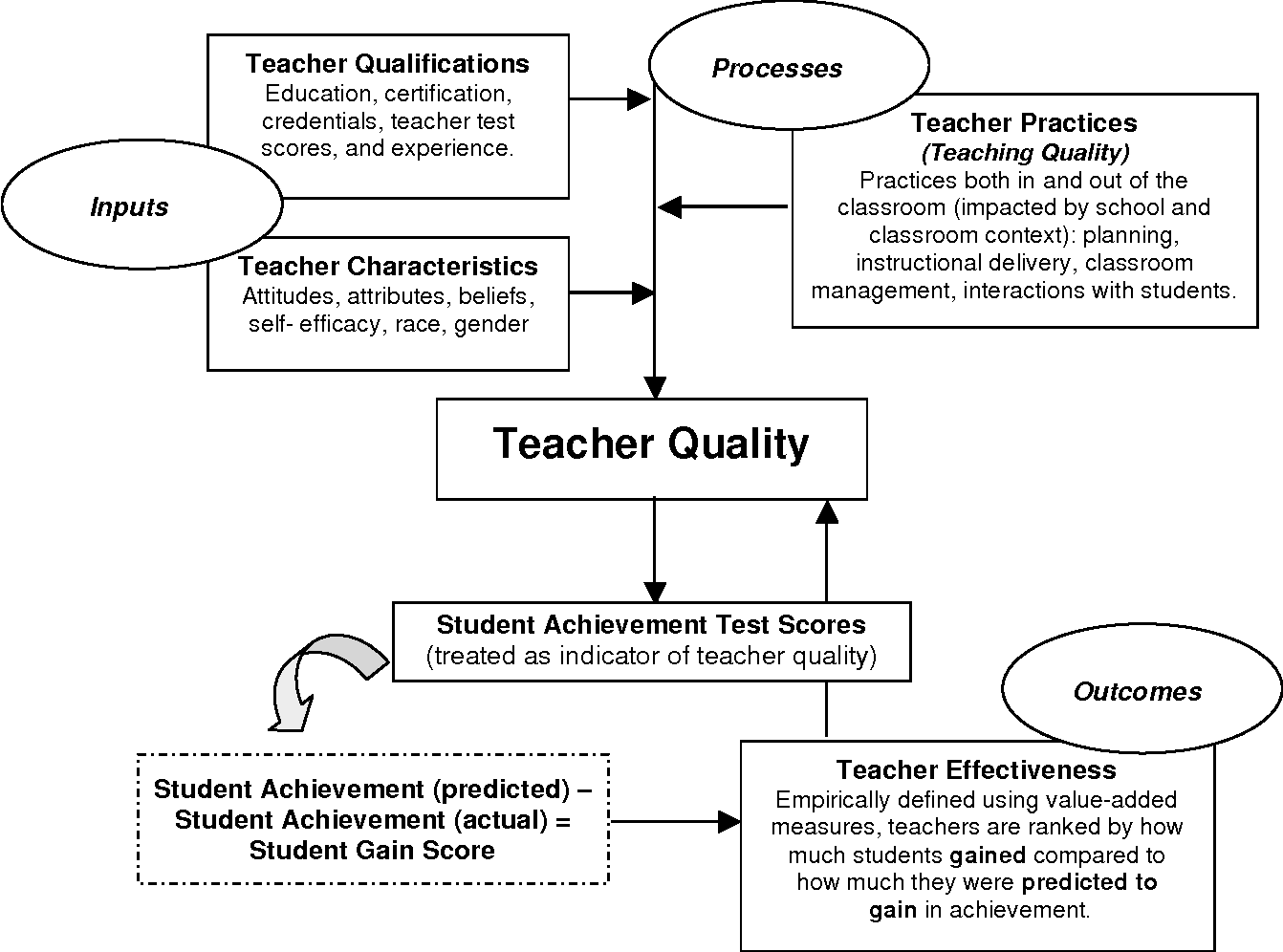Facial Expression and Emotion (and the hidden truth of our faces)
Paul Ekman (1993) examines cross-cultural research on facial expression, seeking to elucidate further understanding about four key questions: (1) “What information does an expression typically convey? (2) Can there be emotion without facial expression? (3) Can there be a facial expression of emotion without emotion? (4) How do individuals differ in their facial expressions of emotion?” (p. 384) Ekman reaffirms the cross-cultural agreement on six primary areas of universal categorization of facial expression: fear, anger, disgust, sadness, and enjoyment. Ekman also makes clear that further research is necessary to explain, “the question of what the face can signal, not what information it typically does signal” (p. 387). Important to this research is Ekman’s assertion that, “facial expressions are more likely to occur when someone sees or hears a dynamic (moving) event and the beginning of the event is marked rather than very slow and gradual” (p. 388). Ekman claims that sometimes the only expression of emotion a person may exhibit might come from an area of the body other than the face, such as, “the voice, posture, or other bodily action” (p. 388). Ekman goes further by claiming that there is a possibility for an emotion to transpire without a facial or observable change in expression (p. 389). It may be that in situations where someone shows little or no observable change in expression that the emotional connection is weak, not present at all, or not entirely transferable to the person being observed. It is important to note that change may indeed be occurring, but these changes may be sub-visible, taking place at the micro-muscular level, indicating autonomic nervous system activity that is only detectable through sophisticated measurements with electromyography (EMG) sensors. Tomkins (1963) reports that facial activity is always part of an emotion, even when its appearance is inhibited. This could be based on cultural differences or any variety of other factors. The intensity of the emotional reception is somewhat correlated with the fidelity of the expression.
Ekman (1985/2009, 1992, 1993) reports that individuals can experience emotion without observable changes in facial expression. Sometimes a person will respond to a stimulus with a head nod, a clenched fist, change in posture, or by walking toward or away from a situation. Even more intriguing is the change in expression that can be communicated through spoken words and audible vocalizations (i.e., moans, screams, or sighs), without necessarily expressing a visible change in the face. Ekman (1993) shows that it is equally true that a person can fabricate an expression of emotion without actually feeling an emotion (p. 390). Ekman states that, “although false expressions are intended to mislead another person into thinking an emotion is felt when it is not, referential expressions are not intended to deceive” (p. 390). It is most common to use referential expressions when referring to previous emotional experiences, specifically not experiences being felt currently. Examples of false emotional expressions aside from referential expressions are generally understood to be examples of deception. Efforts to deceive can be harmful or beneficial. A lie can conceal an important truth that harms a person in some manner. However, a lie can also allow a comedian to deliver a punchline at the appropriate time to maximize the intended comical effect, or give someone the courage to push past their fears when facing the insurmountable task of asking someone else to be their Valentine. The key is to fabricate expressions without specific emotional impetus.
Facial Action Coding System
Ekman and Friesen (1978/2002) published the Facial Action Coding System (FACS) manual, with a robust revision in 2002. This publication is a comprehensive guide for measuring facial expressions and behaviors. The manual includes the complete 527-page guide to various facial expressions, a 197-page investigator’s guide, a score checker protocol (included for the FACS test, published and sold separately), and a variety of example photos and videos are also included. The manual is a comprehensive system for describing all observable facial movements; it breaks down facial expressions into individual components of muscle movements that represent changes in behavior and emotional response to a given stimulus. Subsequent publications have featured subtle and microexpressions. Whether you can see them or not, there are a great many truths hidden in the expressions of our faces. Are you looking closely enough to find them?!









